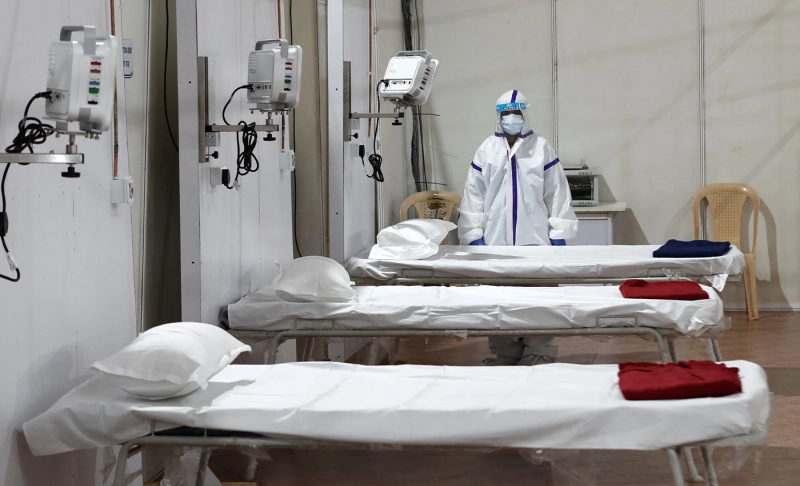By: Ishita Goel
January 19 2022
Misleading: COVID-19 has a 99 percent survival rate.

The Verdict Misleading
Measuring the fatality rate of COVID-19 depends on a variety of factors, and we do not yet have reliable data to make conclusions.
Measuring the fatality rate of COVID-19 depends on a variety of factors, and we do not yet have reliable data to make conclusions. As of June 2, 2021, the number of COVID-19 cases recorded globally stood at 171,965,446, with 154,479,061 recoveries and 3,576,887 deaths, which equates to a mortality rate of two percent. However, this figure is not conclusive. The COVID-19 vaccination drive has taken force in several countries. COVID-19 survival rates claimed in some social media posts have gone viral, with some social media users and vaccine skeptics claiming that COVID-19 has a survival rate of over 99 percent and that the virus's severity has been overstated. As previous fact-checkers by other sites have found, scientists broadly agree that the mortality rate stands somewhere between 0.5- 1 percent. Defining the term "survival rate" is questionable because, at this point, there is no accurate way to measure the rate. There is a direct relation between expected total mortality COVID-19 and the infection fatality rate(IFR). IFR refers to the number of people who die from the disease, both symptomatic and asymptomatic. IFR has a strong relationship with age, and so does the survival rate. According to CDC estimates, children and young people up to the age of 17 years old have 0.002 percent of IFR, with a 99.998 percent chance of survival rate. Those aged between 18 and 49 years old have 0.05 percent IFR, with a 99.95 percent chance of survival rate. 50–64 years olds have 0.6 percent IFR and a 99.4 percent chance of survival rate. The over 65s have a 9 percent IFR, with a 91 percent chance of survival. But many factors affect the survival rate as NCBI states that adults, older people, and people with pre-existing conditions, such as asthma, diabetes, and heart disease, appear to be more susceptible to the virus. As a result of the comorbidities, the survival rate would drop. According to Johns Hopkins Coronavirus Resource Center, countries worldwide have reported very different case fatality ratios – the number of deaths divided by the number of confirmed cases. These figures vary and are dependant on the amount of testing in a country. If a county has tested fewer people, it will have fewer confirmed cases. Thus the case fatality rate is likely to be higher. Furthermore, many people are infected by the virus but not counted and tabulated. They include untested, undetected cases, which make the calculation tougher. While there is no accurate way to measure such a rate and above factors must be taken into account when noting deaths due to COVID-19. UPDATE: We have updated the judgement on this claim to misleading to better reflect the small variations on data on COVID-19 survival rates. It was previously marked as false. The COVID-19 pandemic has given rise to a lot of potentially dangerous misinformation. For reliable advice on COVID-19, including symptoms, prevention, and available treatment, please refer to the World Health Organization or your national healthcare authority.


